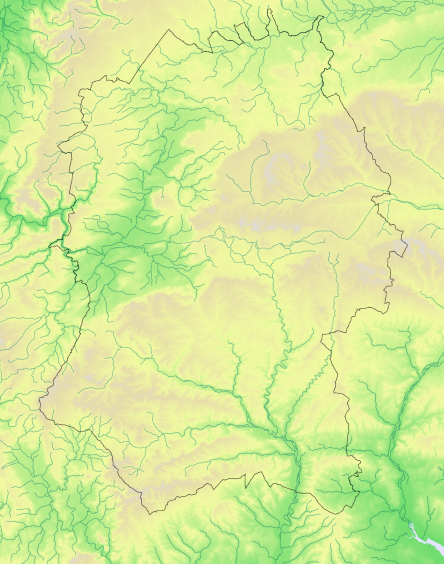Atlas species lists
- Breeding distribution 1995–2000
- Summer abundance 1995–2000
- Winter distribution 1995–2000
- Winter abundance 1995–2000
- Breeding distribution 2007–2012
- Summer abundance 2007–2012
- Winter distribution 2007–2012
- Winter abundance 2007–2012
- Breeding distribution change
- Summer abundance change
- Winter distribution change
- Winter abundance change
More Honey-buzzard maps
- Breeding distribution 1995–2000
- Summer abundance 1995–2000
- Winter distribution 1995–2000
- Winter abundance 1995–2000
- Breeding distribution 2007–2012
- Summer abundance 2007–2012
- Winter distribution 2007–2012
- Winter abundance 2007–2012
- Breeding distribution change
- Summer abundance change
- Winter distribution change
- Winter abundance change
Map explanation
This map shows the summer relative abundance of the species in Wiltshire, based on variation from the average, as revealed by the fieldwork for Birds of Wiltshire (Wiltshire Ornithological Society 2007).
Key
Data not mapped to preserve confidentiality
Honey-buzzards breed from southern Fenno-Scandia, France and Iberia, east to western Siberia and south to the Balkans, Turkey and Caspian Iran. They winter in the forests, woodlands and wooded savannah of sub-SaharanAfrica.
In Britain they have always been rare summer visitors much preyed upon by egg and skin collectors: in the years between 1856 and 1872, of 25 nests recorded in the New Forest at least 20 were plundered for their eggs and the adults killed for their skins. There were similar stories elsewhere in Britain, and the species came near to extinction as a breeding species in the country - for instance there were only two records of nesting in the New Forest between 1880 and 1915. Wildlife conservation legislation banning egg collecting and protecting endangered species, backed up by the efforts of wildlife protection societies to ensure the implementation of the laws, managed to bring species such as Honey Buzzards back from the brink. They remain rare in Britain but small numbers have bred here regularly since at least the 1940s. The 1988-91 Breeding Atlas reported that the New Forest alone had held six to nine pairs annually since 1961 and estimated the total British population at perhaps 30 pairs. Bird Atlas 2007-2011 reported that 47 occupied territories had been identified in 2010 and recorded an increase of 167% in distribution since 1988-91.
Birds of Wiltshire recorded that in Wiltshire there were eight records of Honey Buzzards shot or trapped by gamekeepers between 1847 and 1885, that there were passing refences to them in the 1920s and 1930s, that they have been regularly found in suitable breeding habitat since 1961, that successful breeding was reported in ten years between 1978 and 1991, and that between two and four pairs were present every year from then to 2000 though no more than two nested in any one year. One or two passage migrants are seen in most years and since 2001 there have been several records of successful breeding though full records have not been published for reasons of confidentiality.
References
The following references are used throughout these species accounts, in the abbreviated form given in quotation marks:
“1968-72 Breeding Atlas” – Sharrack, J.T.R. 1976: The Atlas of Breeding Birds in Britain and Ireland. T. & A. Poyser
“1981-84 Winter Atlas” – Lack, P.C. 1986: The Atlas of Wintering Birds in Britain and Ireland. T. & A. Poyser
“1988-91 Breeding Atlas” – Gibbons, D.W., Reid, J.B. & Chapman, R.A. 1993: The New Atlas of Breeding Birds in Britain and Ireland 1988-91. T. & A. Poyser
“Birds of Wiltshire” – Ferguson-Lees, I.J. et al. 2007 : Birds of Wiltshire, published by the tetrad atlas group of the Wiltshire Ornithological Society after mapping fieldwork 1995-2000. Wiltshire Ornithological Society.
“Bird Atlas 2007-2011” – Balmer, D.E., Gillings, S., Caffrey, B.J., Swann, R.L., Downie, I.S. and Fuller, R.J. 2013: Bird Atlas 2007-2011: the Breeding and Wintering Birds of Britain and Ireland
“WTA2” – ("Wiltshire Tetrad Atlas 2 ") the present electronic publication, bringing together the Wiltshire data from “Birds of Wiltshire” and “Bird Atlas 2007-11”, together with data from further fieldwork carried out in 2011 and 2012.
"Hobby" - the annual bird report of the Wiltshire Ornithological Society.

